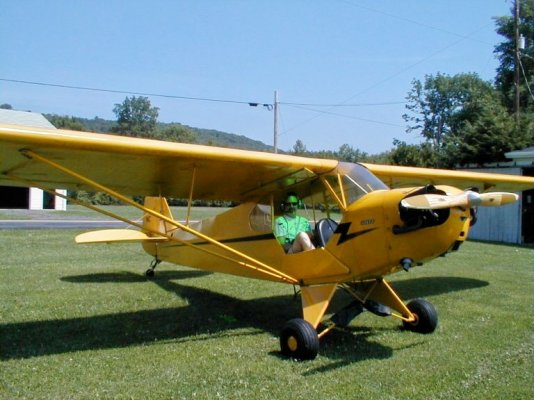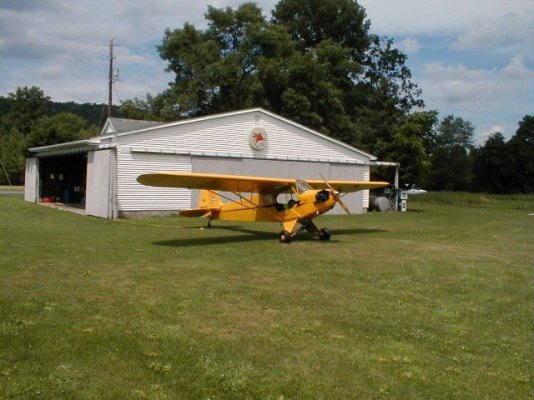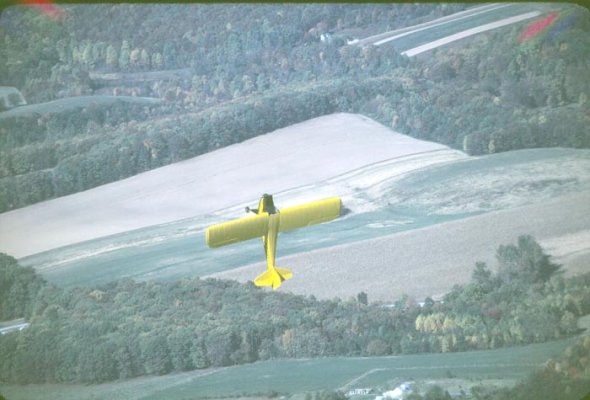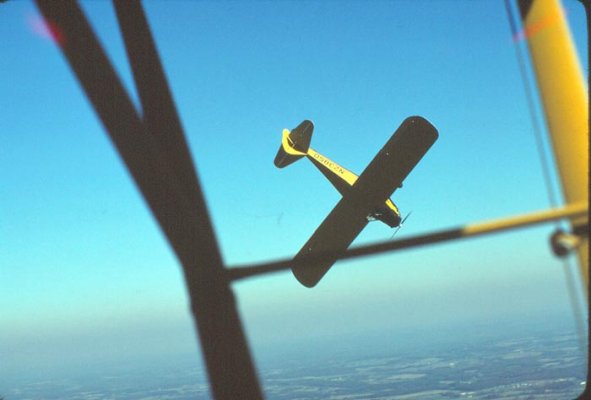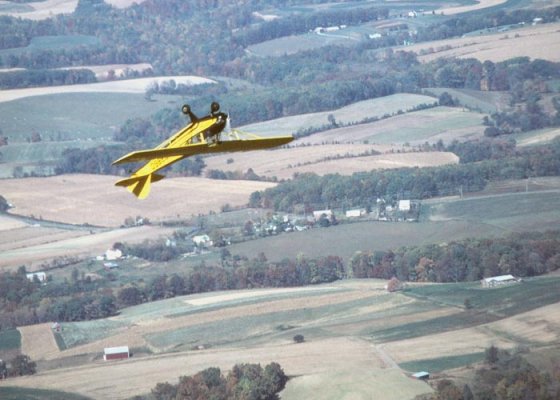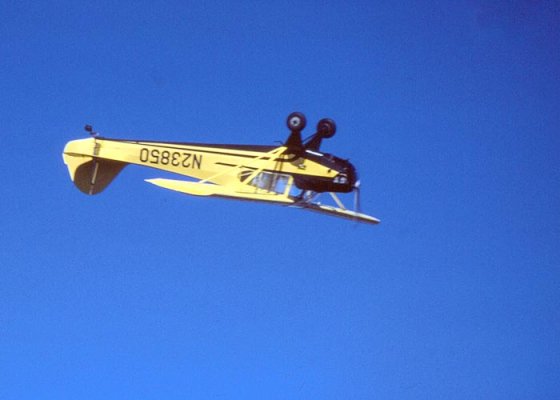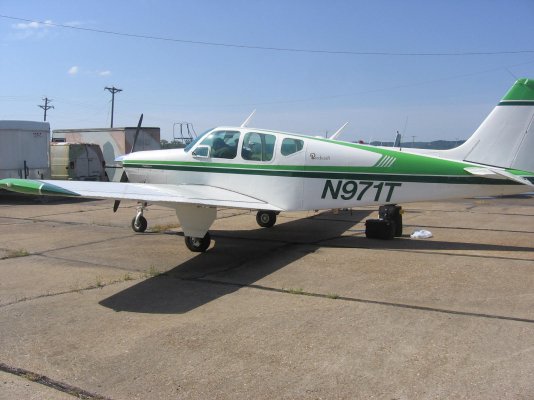Did they talk someone else into going?
If it was so important, maybe they should have volunteered.
Ah, the rest of the story.
There was another tech with passing familiarity of the systems, he declined.
So the Intrepid scientist wanted three complete sets of electronics, cabling and antennas. No problem, assembled the kits, and boxed them up for transit. The fellow decided that he will go up there himself, and see if he can round up a helicopter and willing pilot in Anchorage.
Off he went, sure enough one company with some loose time and willing pilot offered one week out there, prepaid, minimum 3 hrs of flight time per day, regardless of actual flying, plus transit time, plus fuel pre-placement and cost thereof.
Our intrepid scientist flew on Reeve Aleutian out to Cold Bay, thence with a local Supercub and old pilot out to the remote airfield, set up the stuff at a DEW line outpost, and waited for the whirlybird to arrive from Anchorage. A few day later helicopter and pilot arrived after several stops along the way, one of them was the King Salmon air base.
Then they spent the next two weeks grounded in 40 to 60 knot winds and 0 to 100 foot ceilings, heavy snows, playing cards, scrabble an other indoor sports. The crew of the DEW line tried to make them comfortable, such as it was.
Finally NWS (the weather service) predicted one day of low winds, 500' ceiling. The helicopter pilot rolled up his sleeping bag and was outta there. Intrepid scientist radioed the old pilot with the Supercub, with skis and balloon tires, and requested a ride back to Cold Bay.
And he came back to NY, having left all electronics stuff, which we made use of next year.
The summer service revealed 5 sensor/transmitters sites vandalized by Brown Bears. The cables were strewn all over the place, the batteries yanked and spread around. Antennas, guy bars bent like pretzels, and magnificent teeth marks on everything.
The funny part is that even though he had all the electronics etc., and could have gotten to the stations, none could have been made to work. The batteries were mostly destroyed. They were primary Zinc Air batteries, activated when filled with water. Since even one getting yanked and partially drained, killed the power source.
Some years no problems, some years lots of mayhem on the peninsula stations.
And now the rest of the rest of the story: About 15 years ago trolling the internet, I happened upon a blog by his now grown son. In the blog the son lamented his father's identity crisis. Daddy gave up science and became a politician.
By the way, you may notice, all of this cost some serious NSF funding $$$$
As Ginzu knife commercials used to say, And there is more. Some other time

DEW= Distant Early Warning - for Russky Bear bombers, routinely breaching US airspace. King salmon is where the fighters scrambled from to intercept. And greet the Russian pilots by first name.
NSF= National science Foundation, AKA taxpayer money handout service to science

